Tripod Ball Head vs. Pan Head: Which Is Better?
Last Updated on
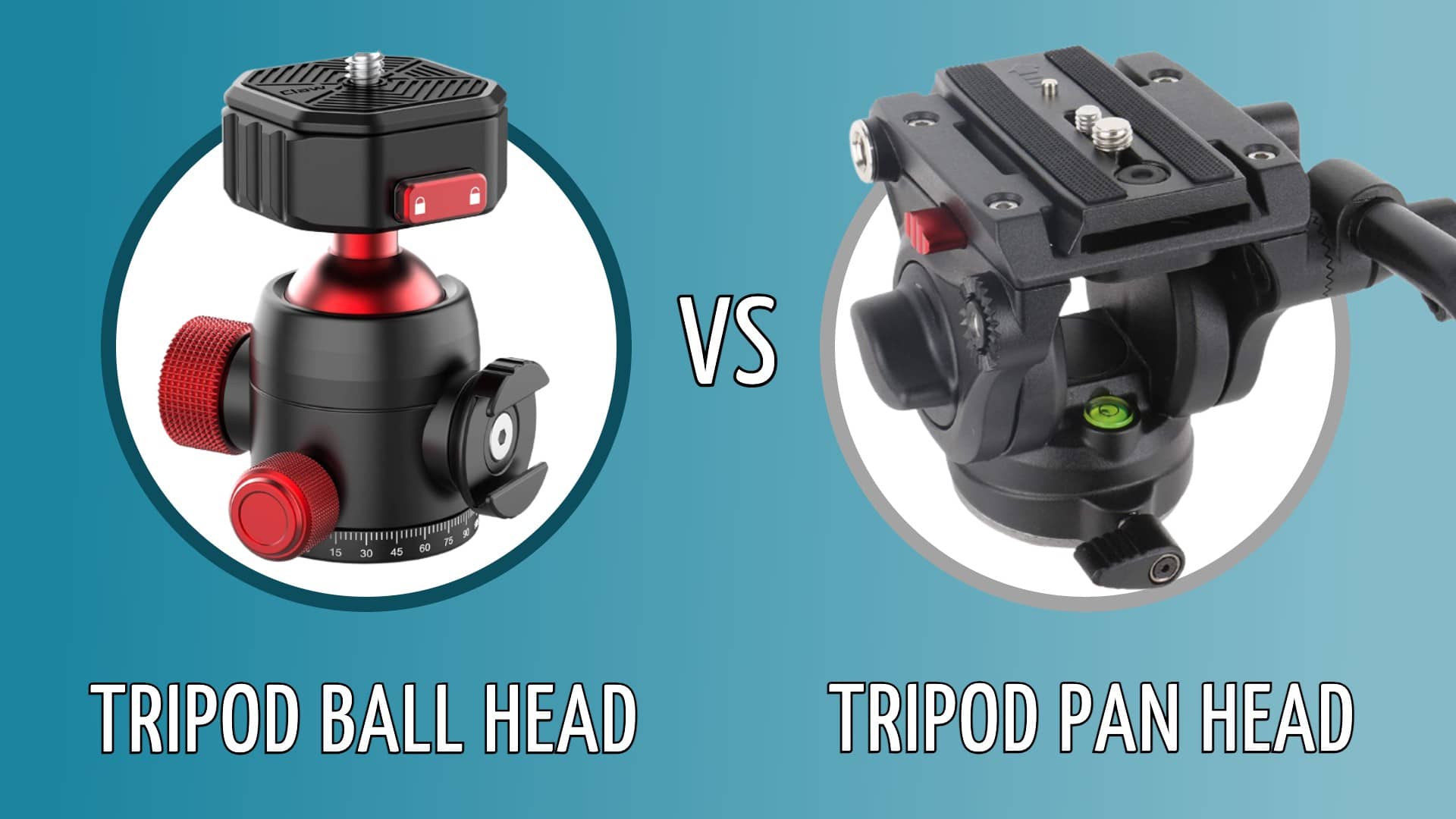
If you’re new to tripods, you might not know how many different options are out there. You can customize everything from the heads of the tripod to the legs, and it can all make a huge difference.
That’s why we decided to break down two common options: the ball head and the pan head. While they are the most common types of tripod heads that you can find, they’re far from equal. The one you want depends on what you’re looking for, which is why we’ve gone over everything that you need to know about each.
This way, you’ll know exactly what you want and which one is better — for you.

Overview of a Tripod Ball Head
One of the most common types of tripods is the ball head tripod. But what exactly is a ball head, and when would you want one?
What Is a Tripod Ball Head?
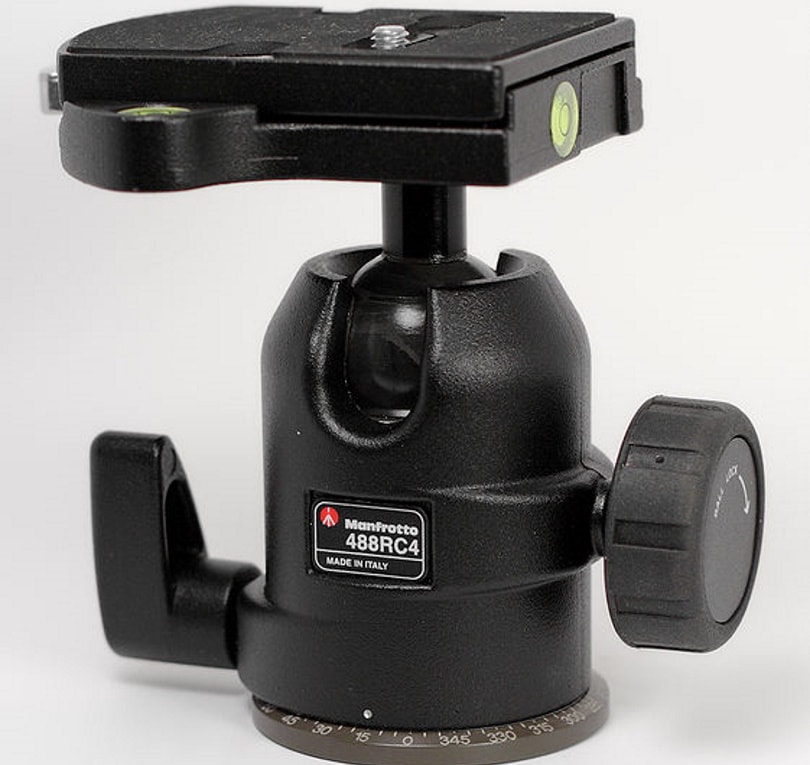
A tripod with a ball head works like a ball and socket joint in your body. Your camera attaches to a ball, and the ball sits in a socket on the top of the tripod. This design allows you to adjust the camera quickly, and it’s a relatively easy design to set up and use.
All you need to do to adjust a ball head tripod is loosen the screw holding it in place and rotate the camera to where you want it. However, since it’s a ball, you’re never simply adjusting the camera to the side or up and down. Rather, you’re rotating the entire camera, which can make it difficult to keep level. If you’re looking for a ball head tripod that never moves its position, you’ll need to invest in a more expensive tripod.
When Do You Want a Tripod Ball Head?
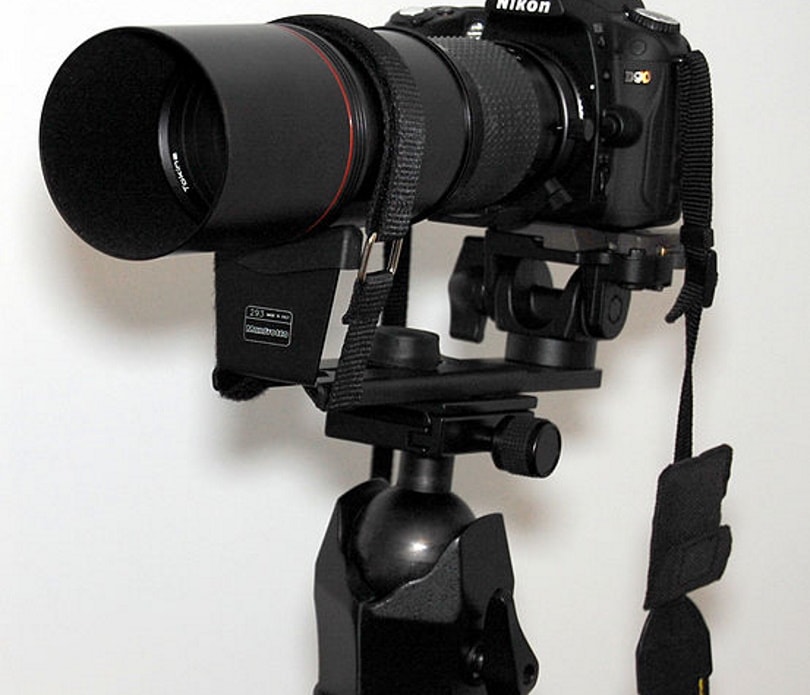
Because it’s so easy to adjust ball head tripods, you want one when you’re photographing an object that’s on the move. You can make extremely quick adjustments, which is perfect for photographing moving players in sports or wildlife that never stays still.
- Easy to adjust
- Easy to use
- Very easy to lose level
- Not as sturdy
- More expensive

Overview of Tripod Pan Head
While ball head tripods are extremely popular, there are probably even more pan head tripods on the market. But what makes these tripod heads so popular, and are they right for you?
What Is a Tripod Pan Head?

A tripod with a pan head has a flat surface with a screw-on top. The camera mounts to a separate piece that can be screwed in, and this holds your camera level while you make adjustments.
You can make both vertical and horizontal adjustments with a pan-head tripod, although it’s slower than with a ball head tripod. But since you can adjust the horizontal and vertical movements separately, it’s easy to make more precise adjustments and keep everything level.
More importantly, for many people, this design is easier to produce, so if you’re looking for the most affordable option, this is it. That’s not to say that you can’t find a low-priced ball head tripod, but the quality of a low-cost pan head tripod will be far superior.
When Do You Want a Tripod Pan Head?
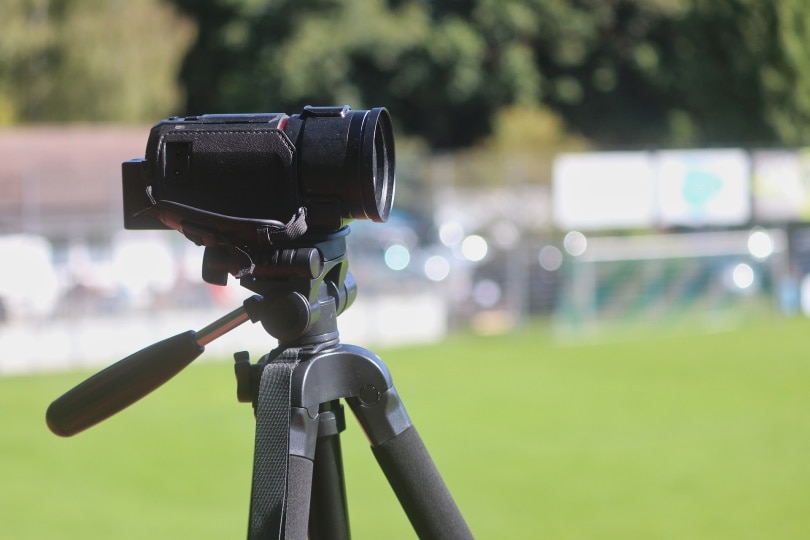
You want a tripod with a pan head when you’re taking pictures of stationary objects. Whether this is of landscapes or family photos, if everything stays still, then a pan-head tripod is easier to use.
While it might take longer overall to make adjustments, it’s easier to make fine adjustments and get a more precise shot with a pan head tripod.
- Very precise
- More affordable
- Slow to adjust
- Bigger and bulkier
Which Is Right for You? Ball Head vs. Pan Head
When you’re trying to decide which kind of tripod head you want, it comes down to two factors. First, it’s a personal preference. There’s no wrong answer to which type of tripod head that you want, even if one is a little easier to use for your specific situation.
Basically, if you’re taking photos of a moving object, then you want a ball head tripod. If you’re taking pictures of static scenes, a pan head tripod is easier to use. That’s all it comes down to, and there’s no wrong choice.
The Price Factor
While you can find low-priced ball head and pan head tripods, if you’re on a budget, you should stick with a pan head tripod. These are easier to produce, and it’s less likely that your camera will be shifting around than with a low-end ball head tripod.
This makes pan head tripods more affordable, even if you can find them for the same price.
Which One Is Easier to Use?
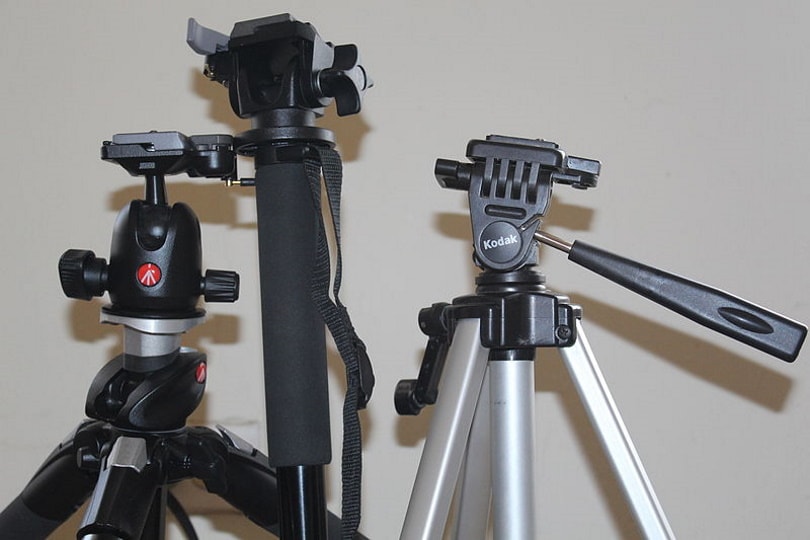
It depends on what you’re taking pictures of. While ball head tripods offer a simplistic design that makes adjustments a breeze, it can also be hard to keep your camera level. So, while it might be easier to use if you don’t care about the quality of your photos, it may be better to use a pan head tripod and get top-notch pictures.
Of course, that’s only if the target isn’t moving. If that’s the case, you’ll have an extremely hard time getting the shot lined up before the target moves somewhere else.

Final Thoughts
As photography has become more popular over the years, one of the accessories that have grown in popularity is the tripod. But while it’s easy to get on Amazon or go to Wal-Mart and purchase a tripod, it’s best to know what you’re looking for before you head out.
This will save you frustration and help ensure that you get precisely what you want the first time. Hopefully, this guide has helped you narrow down your choices between a pan head and a ball head tripod. Now you know exactly what you want before you spend a dime.
Check out some of our top trending tripod posts:
- Monopod vs. Tripod: Which Is Better for Your Needs? (2021)
- 10 Best Binocular Tripod Adapters — Reviews & Top Picks
- Aluminum vs. Carbon Fiber Tripod: Which Is Better?
Table of Contents
About the Author Robert Sparks
Robert’s obsession with all things optical started early in life, when his optician father would bring home prototypes for Robert to play with. Nowadays, Robert is dedicated to helping others find the right optics for their needs. His hobbies include astronomy, astrophysics, and model building. Originally from Newark, NJ, he resides in Santa Fe, New Mexico, where the nighttime skies are filled with glittering stars.
Related Articles:
How to Clean a Refractor Telescope: Step-by-Step Guide
How to Clean a Telescope Eyepiece: Step-by-Step Guide
How to Clean a Rifle Scope: 8 Expert Tips
Monocular vs Telescope: Differences Explained (With Pictures)
What Is a Monocular Used For? 8 Common Functions
How to Clean a Telescope Mirror: 8 Expert Tips
Brightfield vs Phase Contrast Microscopy: The Differences Explained
SkyCamHD Drone Review: Pros, Cons, FAQ, & Verdict
